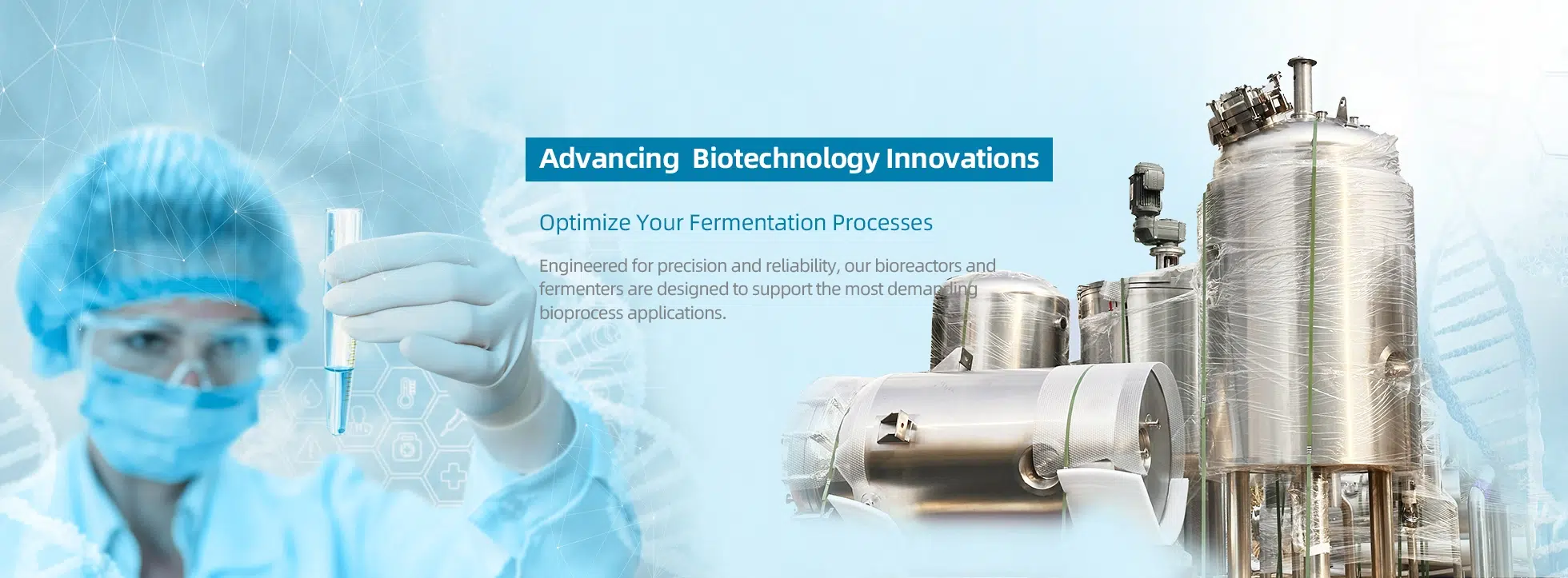
When the fermenters in the pilot plant begin to operate, it signals the start of a pivotal stage in process development—bridging the gap between laboratory innovation and industrial reality. Operating at volumes ranging from 100 to 5000 liters, the pilot plant serves as a proving ground where ideal lab conditions face the true pressures of production.
Validating and Refining the Process
This stage is centered on verifying and adjusting process parameters. Laboratory-determined settings often require optimization when scaled up. For instance, a 37°C constant temperature may result in heat gradients in a 500-liter tank due to delayed thermal transfer. Similarly, a linear feeding strategy that performs well in shake flasks may cause substrate inhibition in a large vessel due to poor mixing.
One enzyme manufacturer significantly improved performance during this stage by redesigning impeller blades based on recalculated mass transfer coefficients. The result: enzyme activity recovery increased from 68% to 92%, highlighting the importance of engineering alignment.
Establishing a Practical Cost Model
This stage also marks a breakthrough in cost modeling. By accurately measuring power consumption, steam usage, and labor per cubic meter of fermentation broth, a comprehensive input-output cost framework can be established. Applying Activity-Based Costing (ABC) helps identify hidden opportunities for cost reduction. For example, a pilot project in organic acid production found that replacing pure glucose with molasses waste reduced raw material costs by 35%, with only a 5% drop in yield—critical data that informed commercial decision-making.
Accelerating Regulatory Readiness
Pilot production initiates regulatory preparation. Products generated at this stage must meet GMP standards for safety and pass pharmacopeia-compliant quality control. In the pharmaceutical field, this includes producing three clinical-grade batches and securing IND (Investigational New Drug) approval. A monoclonal antibody project established a complete traceability system during this stage, meeting FDA 21 CFR Part 11 requirements and laying the groundwork for future regulatory filings.
Optimizing Engineering Parameters
Deep process optimization also unfolds at this stage. Design of Experiments (DoE) methods allow simultaneous adjustment of factors like aeration, pressure, and feeding rates. One amino acid project used a genetic algorithm to optimize these variables, boosting volumetric productivity by 18% while minimizing foaming risk. This not only improves efficiency but also enhances the robustness of the process—critical for scale-up.
Confirming Feasibility for Industrialization
The ultimate objective of the pilot stage is to confirm both technical and economic feasibility. Once the process consistently produces three batches that meet quality standards and stay within cost targets, it’s deemed ready for industrial rollout. Like a military exercise, this stage tests both individual component performance and overall system coordination—providing essential experience for large-scale production.


